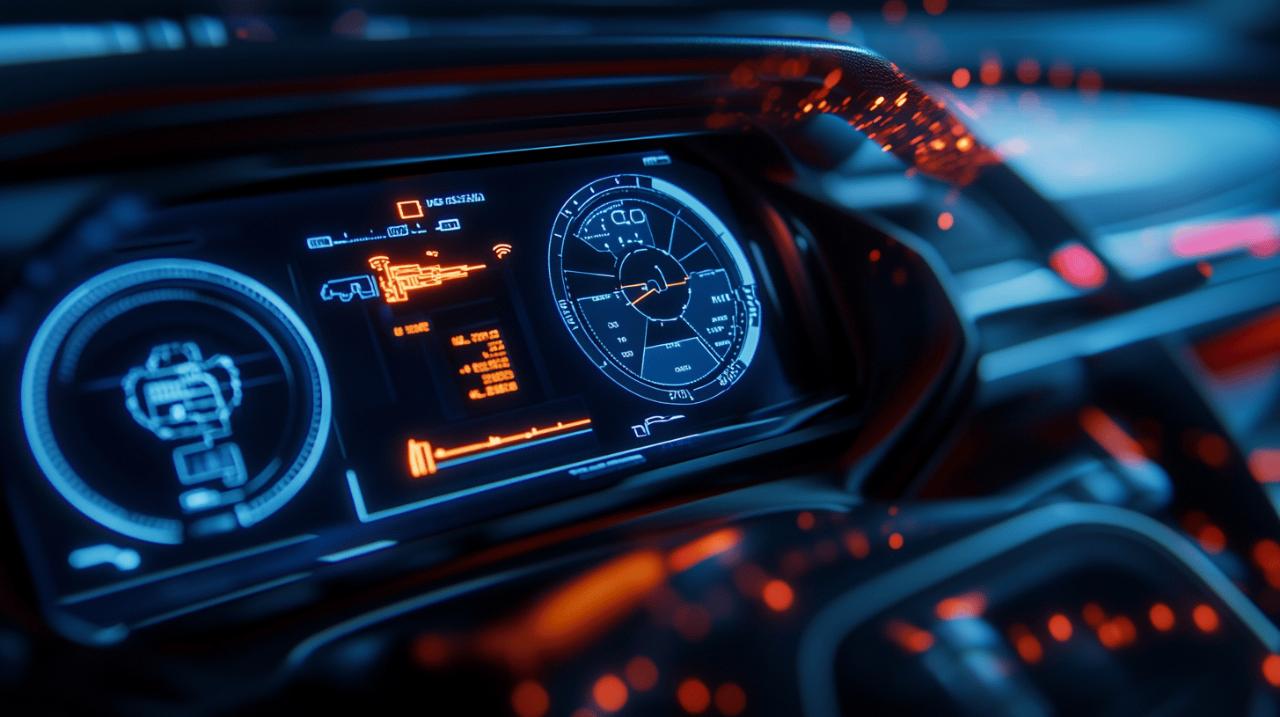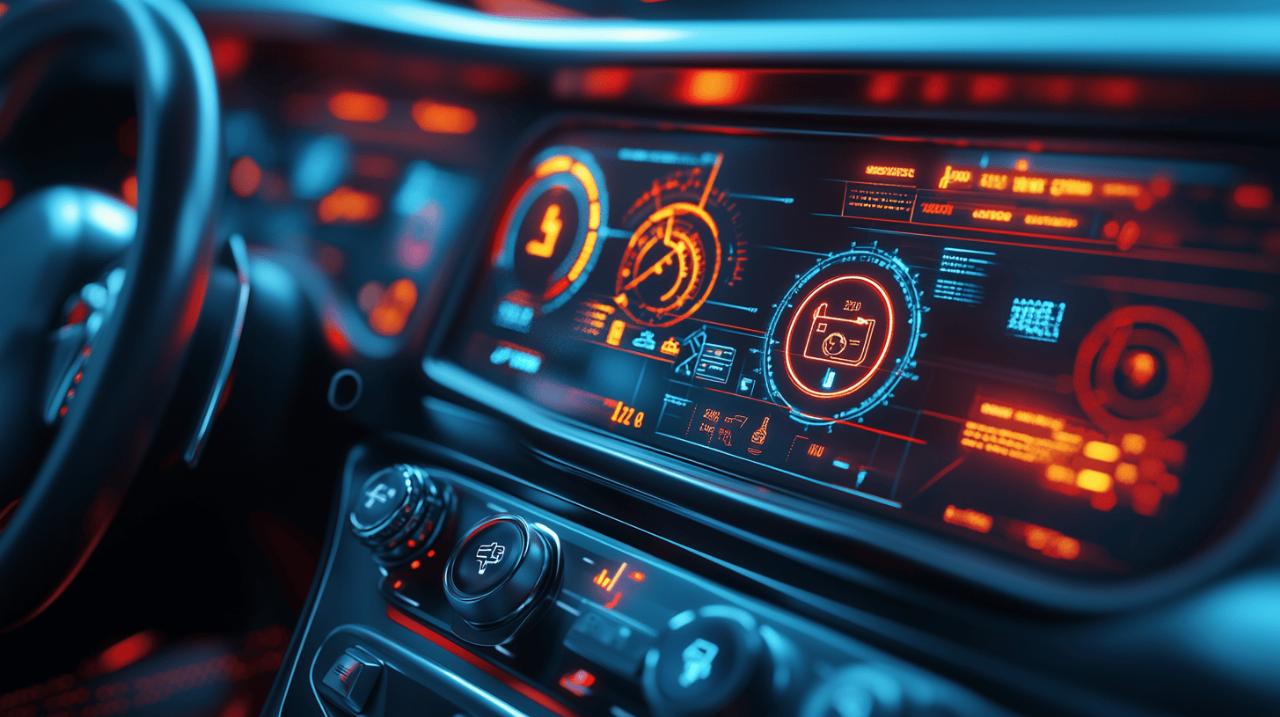
Vehicle diagnostics has evolved from basic mechanical checks to sophisticated digital systems that analyze every aspect of a car's performance. As automotive technology advances, understanding these diagnostic processes becomes increasingly valuable for all vehicle owners. This article explores the essentials of modern vehicle diagnostics, highlighting important techniques and tools used by professionals to identify and resolve automotive issues efficiently.
Fundamentals of vehicle fault-finding
The foundation of effective vehicle diagnostics lies in a methodical approach to problem identification. Professional mechanics at service centers like Genius Motor Mechanics (GMM) employ systematic techniques that combine traditional mechanical knowledge with modern technology. According to Automag, a leading authority on automotive maintenance and technology, proper diagnostic procedures are crucial for identifying problems early, ensuring system accuracy, maintaining safety, and preserving vehicle performance and efficiency. This proactive approach ultimately leads to significant cost savings by preventing minor issues from developing into major repairs.
Common diagnostic tools and equipment
Modern vehicle diagnostics relies heavily on specialized equipment that can communicate with the car's onboard computer systems. The most fundamental tool is the OBD-II scanner, compatible with vehicles manufactured after 1996 when this standardized diagnostic system became mandatory. These scanners retrieve Diagnostic Trouble Codes (DTCs) from the vehicle's computer, categorized as powertrain (P-codes), body (B-codes), chassis (C-codes), or network communication (U-codes). Beyond code readers, professional mechanics utilize multimeters for electrical testing, oscilloscopes for visualizing electrical signals, and smoke machines for detecting leaks in various systems. Quality diagnostic tools require regular software updates to remain compatible with newer vehicle models and technology advancements.
Systematic approaches to problem identification
Effective vehicle diagnostics follows a structured methodology that begins with gathering information about the symptoms experienced. This typically includes a thorough visual inspection to identify obvious issues such as fluid leaks, worn components, or loose connections. Technicians then progress to retrieving and interpreting stored DTCs, examining live data from sensors throughout the vehicle, and performing specific tests on suspected components. Professional mechanics often consult Manufacturer Technical Service Bulletins (TSBs) which provide insights into common problems for specific makes and models. After repairs are completed, comprehensive re-testing verifies that the issue has been resolved and that no additional problems have emerged.
Modern vehicle malfunction analysis
 Today's vehicles are essentially computers on wheels, with dozens of electronic control units managing everything from engine performance to climate control. This complexity requires advanced diagnostic techniques that extend beyond simple code reading. Specialists at service centers like RKH Service and Repair employ component-level analysis to test individual parts when broader system diagnostics don't pinpoint the exact problem. Data analysis using sophisticated graphing instruments helps identify intermittent issues that might not trigger a warning light but still affect vehicle performance.
Today's vehicles are essentially computers on wheels, with dozens of electronic control units managing everything from engine performance to climate control. This complexity requires advanced diagnostic techniques that extend beyond simple code reading. Specialists at service centers like RKH Service and Repair employ component-level analysis to test individual parts when broader system diagnostics don't pinpoint the exact problem. Data analysis using sophisticated graphing instruments helps identify intermittent issues that might not trigger a warning light but still affect vehicle performance.
Digital diagnostic systems and their applications
The evolution of vehicle technology has introduced more sophisticated diagnostic capabilities, particularly in newer models. Advanced diagnostic systems can now monitor virtually every aspect of a vehicle's operation in real-time. These systems allow for predictive maintenance by identifying components that are beginning to deteriorate before they actually fail. Some newer vehicles even feature connected car technology that can transmit diagnostic information directly to service centers or smartphone apps, alerting owners to potential issues and maintenance requirements. This connectivity represents a significant advancement from the early days of vehicle diagnostics, allowing for more timely interventions and personalized maintenance schedules.
Interpreting error codes and warning signals
Dashboard warning lights serve as the most visible component of a vehicle's diagnostic system, providing immediate alerts about potential problems. The Check Engine light is perhaps the most notorious, potentially indicating issues ranging from something as minor as a loose fuel cap to serious engine malfunctions. When this light flashes rather than remaining steady, it signals a severe problem requiring immediate attention. Other critical indicators include the Oil Pressure light, which warns of potentially catastrophic engine damage if ignored, and the Temperature Warning light, signaling dangerous overheating. Additional dashboard symbols monitor systems like ABS brakes, airbags, tyre pressure, and traction control. While these warning lights provide initial alerts, professional diagnostic equipment is typically required to determine the specific underlying issue by retrieving and interpreting the associated error codes.
Regular preventive maintenance remains the most effective strategy for avoiding serious vehicle problems. Scheduled services should include comprehensive diagnostic scans to identify potential issues before they manifest as noticeable symptoms or warning lights. Following manufacturer-recommended service intervals for oil changes, tyre rotations, brake inspections, and other routine maintenance significantly extends vehicle lifespan while maintaining optimal performance, safety, and efficiency. When dashboard warnings do appear or unusual symptoms develop, consulting with qualified mechanics who have access to proper diagnostic equipment ensures accurate problem identification and appropriate repairs.



